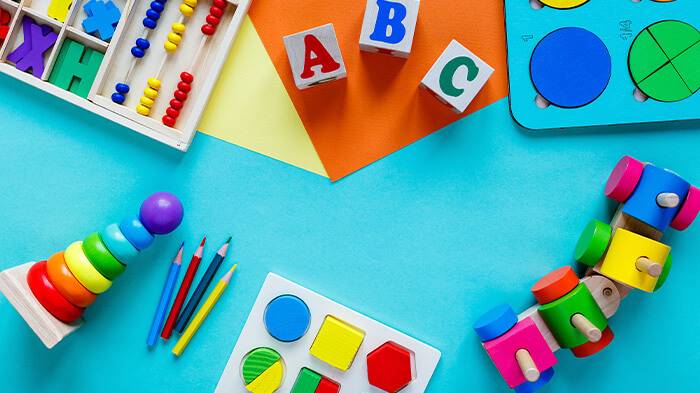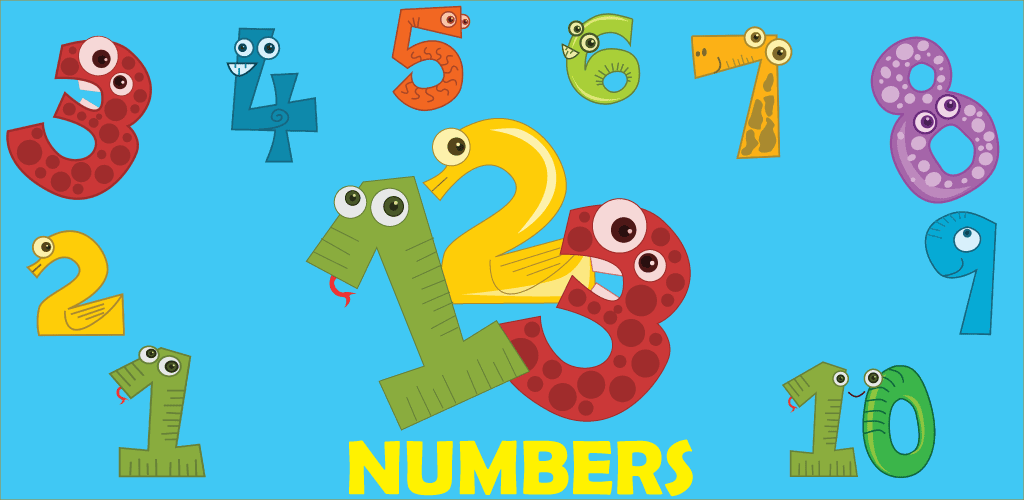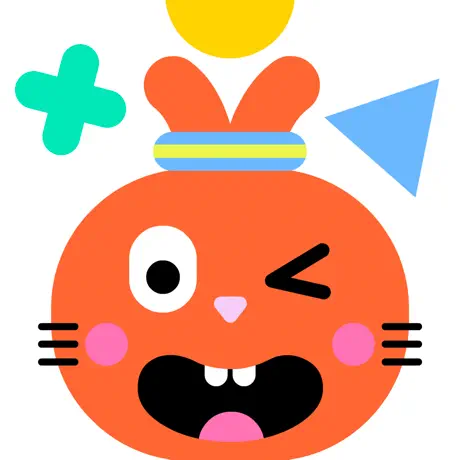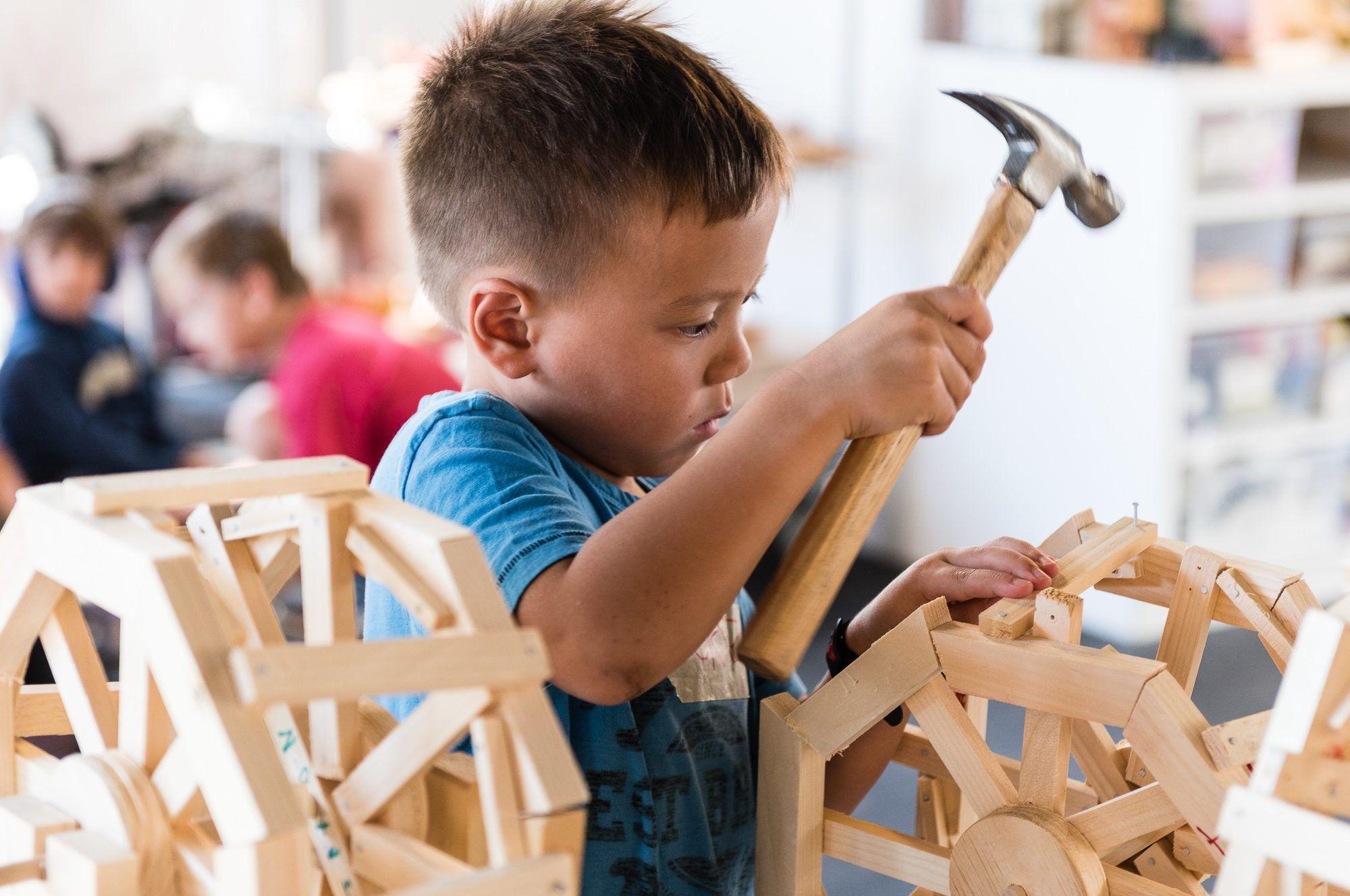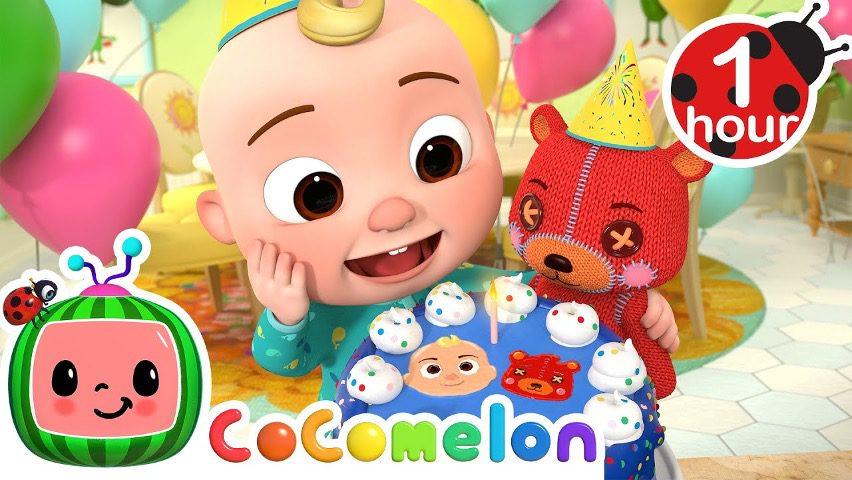The Vibrant World of Educational Games for Young Minds.
At the wonderful age of 5, children are like sponges, soaking up knowledge from everywhere. Combining fun with learning, Educational Games have proven to be valuable tools. From board games to Online games for kids, let’s delve into this delightful realm.
Flashing with Flashcards: The Original Educational Games.
Before the rise of digital educational tools and video-based lessons, there was a timeless and classic method that generations found invaluable in their learning journeys: flashcards. As one of the original educational games, flashcards have continued to play an essential role in many learners’ lives, from toddlers to adults, proving that sometimes, simplicity can be the most effective.
Flashcards, typically made of card stock or paper, display information that is intended to be learned through repetitive exposure and practice. One side often shows a question or a prompt (like an image or a word), while the other displays the answer or the corresponding word.
For young learners, especially those around the age of five, these cards can be crafted with letters, numbers, basic arithmetic problems, or vivid images of objects, animals, and more. When a child is shown a card, they are prompted to identify or even pronounce what they see. This action not only fosters memory and recognition but also aids in developing their linguistic and cognitive abilities.
Why Flashcards are Beneficial:
- Enhanced Memory Retention: The repetitive nature of flashcards means that learners get exposed to the same information multiple times, helping to move this information from their short-term to long-term memory.
- Active Recall: Flashcards force the brain to recall information from scratch instead of recognizing it from a list, strengthening the memory and retrieval mechanisms.
- Visual Stimulation: Especially for children, vibrant, colourful flashcards with pictures can be visually stimulating, making the learning process engaging and fun.
- Confidence Building: With every correct identification, children get an instant boost of confidence, further motivating them to continue.
- Flexibility: Flashcards can be used anywhere and anytime, be it during a short car ride or before bedtime, making them a versatile learning tool.
- Customization: Parents or teachers can easily craft flashcards tailored to a child’s learning level or the topics they find most challenging.
- Tactile Learning: For children who benefit from hands-on learning, physically handling the cards can be an added advantage.
How to Play: The process of using flashcards is straightforward:
- Preparation: Begin by purchasing pre-made flashcards from local stationery or bookstores. Alternatively, crafting personalized ones at home can be an interactive activity, allowing children to be part of the creation process.
- Gameplay: Show a card to the child, asking them to identify or pronounce the displayed content.
- Positive Reinforcement: For every correct answer, reward the child. Using stickers or stamps can be particularly effective, providing them with a visual representation of their progress and success.
Conclusion: Flashing with Flashcards is more than just a game; it’s a foundational educational tool that has, over the years, contributed immensely to the early learning process. In a world rapidly moving towards digitalization, these tangible learning aids remind us that sometimes, going back to basics can yield the most fruitful results.
Memory Match: A Game of Remembrance and Sharpness
One of the most universally recognized educational games, Memory Match is not just a game for children; it’s also enjoyed by adults across the globe. A simplistic yet captivating game, Memory Match challenges the cognitive capabilities of players, all the while offering hours of endless fun and excitement.
Memory Match, often known by names such as Concentration or Pair-Up, is a card-based game. It consists of an even number of cards, each bearing illustrations, numbers, or symbols, with every two cards having a matching pair. The primary objective is to find and remember where each matching pair is located amongst the facedown cards.
For young players, particularly around the age of five, the game provides a captivating means to test their memory and concentration skills. The vivid imagery or numbers on the cards make it an engaging experience, simultaneously enhancing their visual discrimination abilities.
Why Memory Match is Beneficial:
- Cognitive Skill Development: The game actively engages a child’s memory and attention, enhancing cognitive abilities.
- Pattern Recognition: By trying to find pairs, children develop the essential skill of pattern recognition, which is foundational for math and reading.
- Boosts Concentration: With each turn, players have to remember the locations of previous cards, promoting prolonged concentration and focus.
- Enhances Visual Memory: The act of recalling previously seen cards aids in improving a child’s visual memory.
- Encourages Patience: Since the game requires multiple turns to complete, it naturally instils patience and perseverance.
- Social Skills: When played in groups, Memory Match can foster turn-taking, sharing, and cooperative play.
How to Play:
Engaging in a game of Memory Match is quite uncomplicated:
- Setup: Begin by spreading all the cards face down in rows.
- Gameplay: Players, in turns, flip over two cards in a bid to find a matching pair. If the cards match, they are kept by the player, and if not, they’re flipped back facedown.
- Objective: The game continues in this manner until all the matching pairs have been found. The player with the most pairs at the end emerges as the winner.
Conclusion:
Memory Match, with its straightforward rules yet challenging gameplay, is a testament to the notion that sometimes the simplest games can be the most enriching. In an era where “Online games for kids” are gaining traction, this classic educational game stands its ground, offering tangible cognitive benefits. It’s no wonder then that Memory Match sets can easily be procured from toy stores or popular online retailers like Amazon.
Engaging with Educational Board Games: Stealthy Learning at Its Best
For generations, board games have not only served as a cornerstone of family fun but have also imparted invaluable skills, both cognitive and social, to young players. Particularly, educational board games have been stealthily teaching children even as they believe they’re simply having fun. One such game is ‘Sequence for Kids’, a perfect blend of strategy and chance, making learning compelling and enjoyable.
Educational board games, such as ‘Sequence for Kids’, transport players into a world where they must strategize, anticipate opponents’ moves, and make swift decisions. ‘Sequence for Kids’ simplifies the original Sequence game, specifically tailoring it for younger players, combining the thrill of a card game with the strategy of a board game.
A board peppered with colourful animals and a deck of cards is all one needs to dive into this exciting world. The objective? Achieve the coveted sequence by aligning four chips in a row based on the cards drawn.
Why Engaging with Educational Board Games is Beneficial:
- Strategic Thinking: Games like ‘Sequence for Kids’ impel players to think several steps ahead, honing their strategic and forward-thinking abilities.
- Pattern Recognition: Achieving a sequence requires the identification and creation of patterns, a skill that’s invaluable in subjects like math.
- Boosts Memory: Players must remember cards played by opponents, enhancing memory retention.
- Encourages Social Interaction: Board games are communal by nature, fostering interactions, turn-taking, and sometimes teamwork.
- Enhances Decision-Making Skills: Players frequently face decisions that can change the game’s outcome, instilling a sense of responsibility and consequence-awareness.
- Understanding Rules: By adhering to a game’s specific rules, children learn the importance of structure and following guidelines.
How to Play:
While there’s a myriad of educational board games out there, here’s a quick guide to diving into ‘Sequence for Kids’:
- Setup: Lay out the board and distribute cards to the players.
- Gameplay: In turns, players lay down a card from their hand and place a chip on the corresponding animal on the board. The goal is to achieve four chips in a row, be it horizontally, vertically, or diagonally.
- Objective: The first player to form a sequence with their chips emerges victorious!
Conclusion:
As the landscape of “Educational Games” and Online games for kids constantly evolves, the charm and efficacy of traditional board games remain unmatched. They provide tactile and tangible learning experiences, often under the guise of simple fun. And if you’re on the hunt for more such games or reviews, websites like BoardGameGeek serve as a treasure trove of information and recommendations.
ABCmouse Adventures – Online Games for Kids
In today’s age of digital immersion, harnessing the allure of the screen for educational purposes is both strategic and effective. Enter ABCmouse, one of the front runners in Online games for kids, designed specifically to make foundational learning an exhilarating journey. With its vast library of activities spanning a range of subjects, ABCmouse has redefined the way children perceive learning.
ABCmouse is a comprehensive early learning app that marries education with entertainment. Decked with vibrant graphics, catchy songs, and intriguing puzzles, it appeals to a child’s innate curiosity. But beneath this veneer of fun, lies meticulously crafted educational content. Activities are structured around subjects like reading, maths, science, and art, making it a holistic learning platform.
Each game or activity is designed to be age-appropriate, ensuring that children are neither overwhelmed nor under-challenged. Whether it’s tracing letters, solving simple math problems, or exploring virtual ecosystems, ABCmouse ensures learning objectives are met in a playful environment.
Why ABCmouse is a Must-Have in the World of Educational Games:
- Adaptive Learning: The platform gauges a child’s progress and recommends activities accordingly, ensuring a customized learning pathway.
- Holistic Curriculum: Beyond reading and maths, ABCmouse delves into subjects like social studies, art, and music, offering a rounded educational experience.
- Safe Environment: One of the primary concerns with Online games for kids is safety. ABCmouse is a secure platform, free from ads or external links, ensuring a distraction-free learning space.
- Progress Tracking: Parents can monitor their child’s progress, gaining insights into areas of strength and those requiring more attention.
- Engagement Tools: With rewards, tokens, and an interactive avatar, children remain motivated and engaged, eager to return and learn more.
How to Navigate ABCmouse:
- Initial Setup: Begin by registering on the ABCmouse website. This will entail setting up a parent account, followed by profiles for the children.
- Choosing Activities: Based on the age and level of the child, select from the multitude of educational games available. These range from puzzles and songs to interactive books and art projects.
- Active Participation: While the platform is child-friendly, it’s beneficial for parents to guide and interact, turning game time into quality bonding time.
Conclusion:
In an era where screens dominate, turning them into allies for education is a masterstroke. ABCmouse stands tall as a beacon in Online games for kids, proving that learning can be both profound and playful. So, as we navigate the vast expanse of Educational Games, platforms like ABCmouse serve as a reminder that digital can indeed be delightful and didactic.
Math Magic: Tapping into Numbers with Online Games for Kids
Dreaded by many, and loved by few, math has always had a polarizing effect. But what if we told you that with “Online games for kids”, math could turn into a riveting escapade? Let’s journey through Coolmath4Kids, a platform that seamlessly transforms arithmetic into an enchanting quest.
Coolmath4Kids is an online oasis for young learners, taking seemingly complex mathematical concepts and translating them into engaging educational games. Be it simple addition, patterns, or geometry, Coolmath crafts each game with care, ensuring children are both challenged and entertained.
Why Coolmath Stands Out:
- Interactive Learning: Instead of rote memorization, kids get to interact with numbers in a playful environment, reinforcing learning.
- Diverse Range: There’s a game for every mathematical concept, tailored for various age groups.
- Safe and Ad-Free: Parents can be at ease knowing their children are learning in a safe online space without pesky ads.
Navigating Coolmath4Kids:
- Visit and Explore: Head over to Coolmath4Kids.
- Game Selection: Browse through the list and choose a game suitable for 5-year-olds.
- Active Guidance: As your child delves into the game, be present to guide and discuss the concepts, turning playtime into a meaningful learning session.
Piecing Together Knowledge: Puzzling Pieces with Jigsaws
Jigsaw puzzles, though often deemed as mere pastime activities, are powerful educational games in disguise. These intricate pieces, when assembled, not only form beautiful images but also build robust cognitive frameworks in young minds.
Jigsaw puzzles are a brilliant blend of art and logic. They challenge kids to recognize patterns, match colours, and visualize the bigger picture, all while honing fine motor skills. For a 5-year-old, completing a jigsaw is a testament to patience, focus, and determination.
Benefits of Jigsaw Puzzles:
- Cognitive Development: Puzzles stimulate memory and problem-solving skills.
- Physical Skills: They refine hand-eye coordination.
- Emotional Skills: The joy of completing a puzzle boosts confidence and teaches patience.
How to Play with Jigsaw Puzzles:
- Purchase: Find age-appropriate jigsaw puzzles at toy stores or on specialized websites like PuzzleWarehouse.
- Setup: Spread out the pieces on a flat surface.
- Guidance: Help your child begin by identifying the border pieces, then gradually filling in the middle, all while discussing the emerging image.
Craft, Create, Celebrate: DIY Educational Games for Little Artisans
Channelling the inner artist in every child, DIY projects are the essence of creativity. But did you know these crafty endeavours can double up as educational games? Let’s dive into the vibrant world of DIY games, where art meets intellect.
DIY games aren’t just about fun; they’re about the joy of creation and the thrill of playing something you’ve crafted with love. From homemade bingo to hand-painted memory cards, the possibilities are boundless.
Why DIY Games are a Treasure Trove:
- Fostering Creativity: Kids get to visualize, design, and execute, channelling their innate creativity.
- Learning by Doing: The hands-on approach ensures deeper understanding and retention.
- Bonding Time: These projects provide quality family time, building not just games but memories.
Crafting a DIY Game:
- Choose a Concept: Decide on a game idea that intrigues your child.
- Gather Materials: Depending on the game, gather the necessary craft supplies.
- Creation Time: Dive into the project with your child, guiding and collaborating. For inspiration, platforms like Pinterest are a treasure trove of ideas.
Digital Canvas: Going Digital with Drawing for Online Games for Kids
In the digital age, even art has found its cosy corner online. With platforms like Nick Jr. Colour Book, drawing isn’t just a pastime; it’s an educational game that enriches creativity and introduces kids to the digital realm.
Nick Jr. Color Book is a vibrant platform where kids get to colour and draw with a plethora of tools. Familiar characters from Nick Jr. shows make appearances, making the experience even more delightful.
Nick Jr. Color Book Highlights:
- Familiar Faces: Kids get to interact and colour their favourite Nick Jr. characters.
- Variety of Tools: Brushes, crayons, stickers, and more allow for diverse artistic expressions.
- Safe Digital Environment: The platform is user-friendly and safe for kids.
Drawing on Nick Jr. Color Book:
- Visit: Head over to Nick Jr. Color Book.
- Choose and Play: Let your child pick a drawing game or activity.
- Creative Freedom: Sit back and watch as your child’s imagination takes flight on the digital canvas.
Mapping Young Minds: Exploring the World with Geography Educational Games
The world is vast, diverse, and intriguing, and even at 5, kids can embark on a global journey. Through geography educational games, children are introduced to continents, countries, and cultures, igniting the flame of curiosity.
World map puzzles are a tactile and visual treat. They provide a hands-on approach to understanding the world’s layout, making geography both accessible and engaging.
Why World Map Puzzles are Essential:
- Spatial Awareness: Kids get to understand the relative positioning of continents and oceans.
- Cultural Curiosity: Each puzzle piece can be a conversation starter about the people, culture, and landmarks of that region.
- Cognitive Development: Assembling a puzzle requires focus, logic, and pattern recognition.
Embarking on a Global Journey:
- Acquire a Puzzle: Look for world map puzzles tailored for kids at educational toy stores or platforms like National Geographic Kids.
- Assemble and Discuss: As you piece the world together, discuss each continent, its unique attributes, and its wonders.
- Challenge and Reward: Encourage your child to identify places, rewarding their curiosity and knowledge.
The Joyous Journey with Educational Games and Online Games for Kids.
Whether it’s tangible board games or exciting “Online games for kids,” the joy of learning remains constant. Together, let’s make education a thrilling voyage for our tiny tots!
